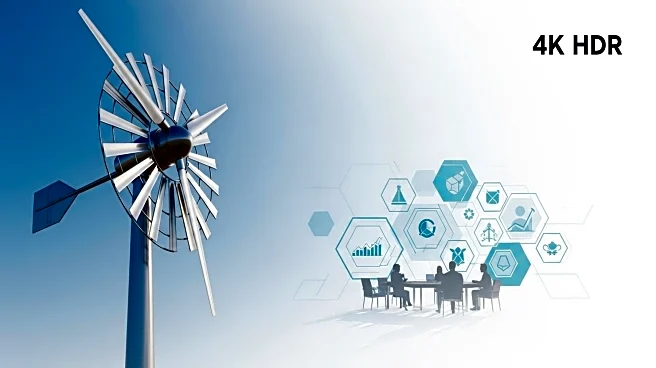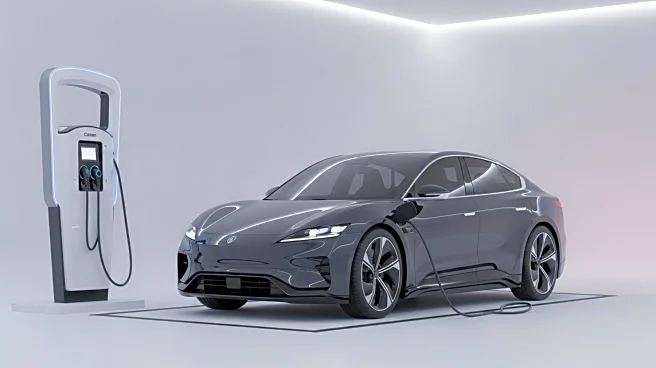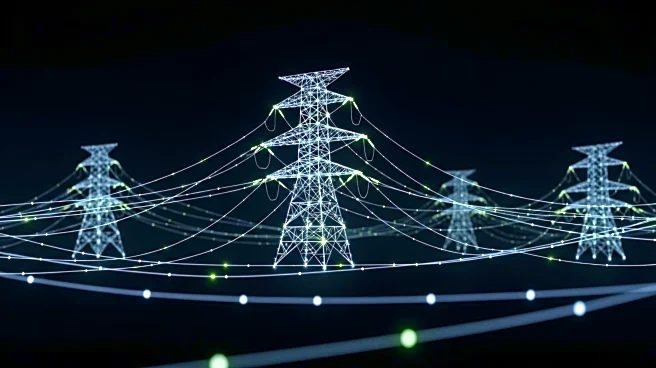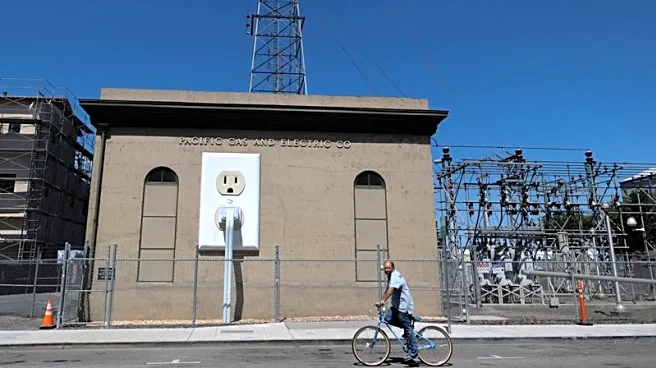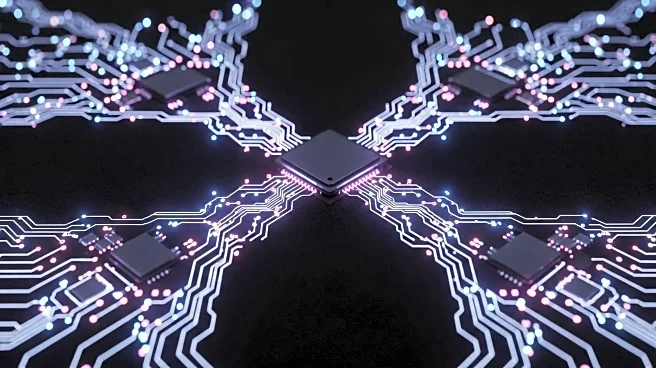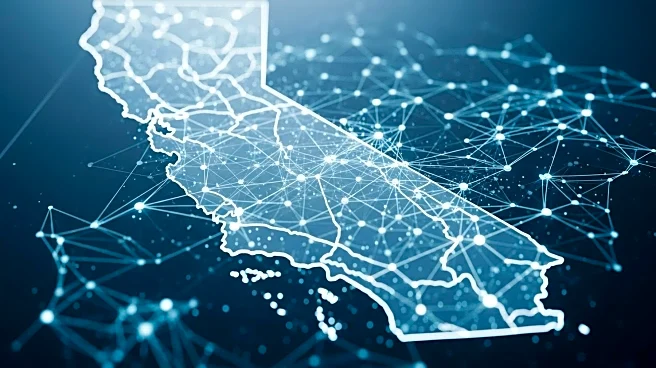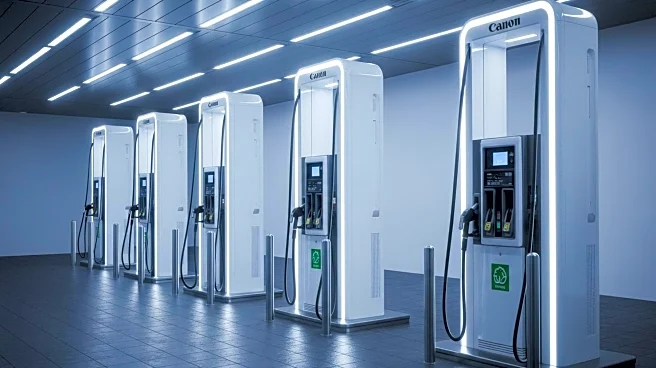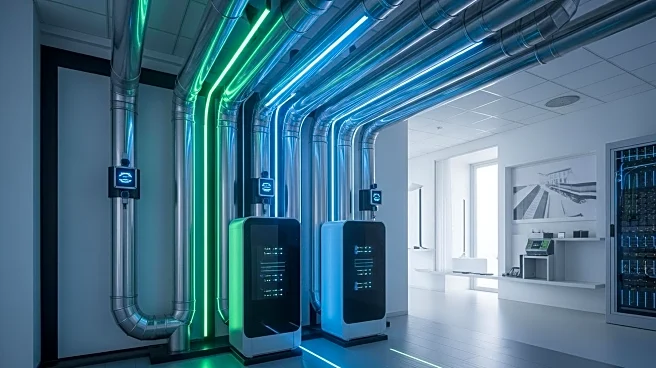What is the story about?
What's Happening?
California utility PG&E has unveiled a $73-billion capital expenditure plan over the next five years, focusing on infrastructure upgrades to support growing electricity demand, particularly from data centers. The plan includes grid modernization efforts, such as advanced distribution management systems and distributed energy resource management systems. PG&E aims to build 700 miles of underground power lines and complete 500 miles of wildfire safety system upgrades. The investment also includes participation in the state's expanded wildfire fund, addressing the impacts of past fires linked to PG&E equipment.
Why It's Important?
The infrastructure upgrade plan is crucial for enhancing grid resilience and mitigating wildfire risks in California. By investing in modernizing the grid and expanding underground power lines, PG&E aims to improve electricity reliability and safety for its customers. The initiative supports the state's clean energy goals and addresses the challenges posed by climate-driven wildfires. The investment reflects a commitment to balancing wildfire risk management with ratepayer protection, ensuring financial stability for the utility and support for fire victims.
What's Next?
PG&E plans to continue its wildfire mitigation work, including undergrounding power lines and preparing the grid for new homes, businesses, and electric vehicles. The utility is also focusing on transmission upgrades and load growth tied to data centers, supporting California's leadership in AI and electrification. The passage of Senate Bill 254 reforms the wildfire liability program, providing important protections and laying the foundation for future risk management strategies. PG&E's participation in the wildfire fund extension aims to provide a financial cushion for utilities found liable for wildfires.
Beyond the Headlines
The infrastructure upgrade plan highlights the importance of proactive measures in addressing climate-driven challenges. It underscores the role of utilities in supporting clean energy transitions and enhancing grid resilience. The focus on wildfire risk management reflects a broader trend towards integrating safety and sustainability in infrastructure planning, offering valuable insights for other regions facing similar challenges.
AI Generated Content
Do you find this article useful?


